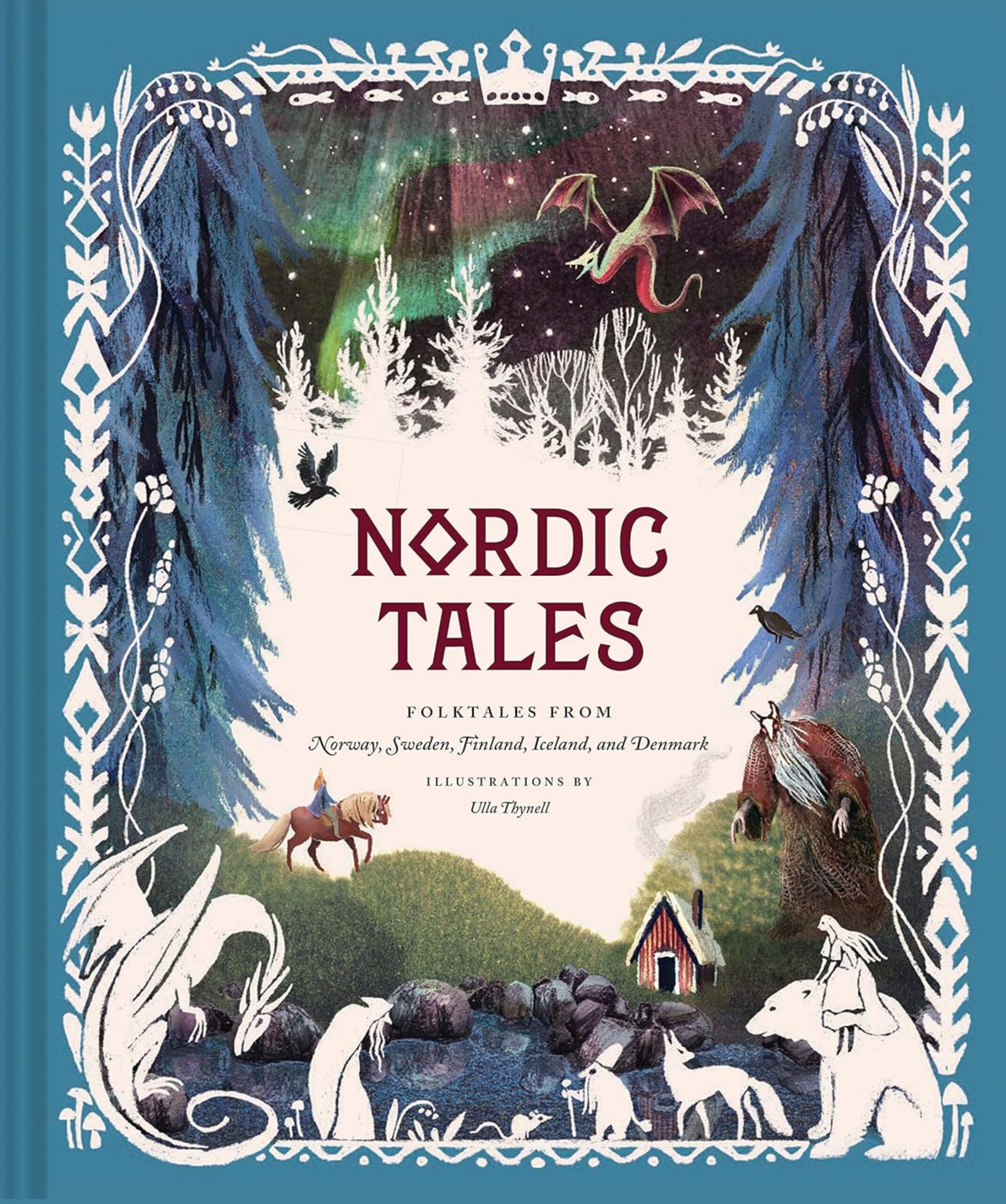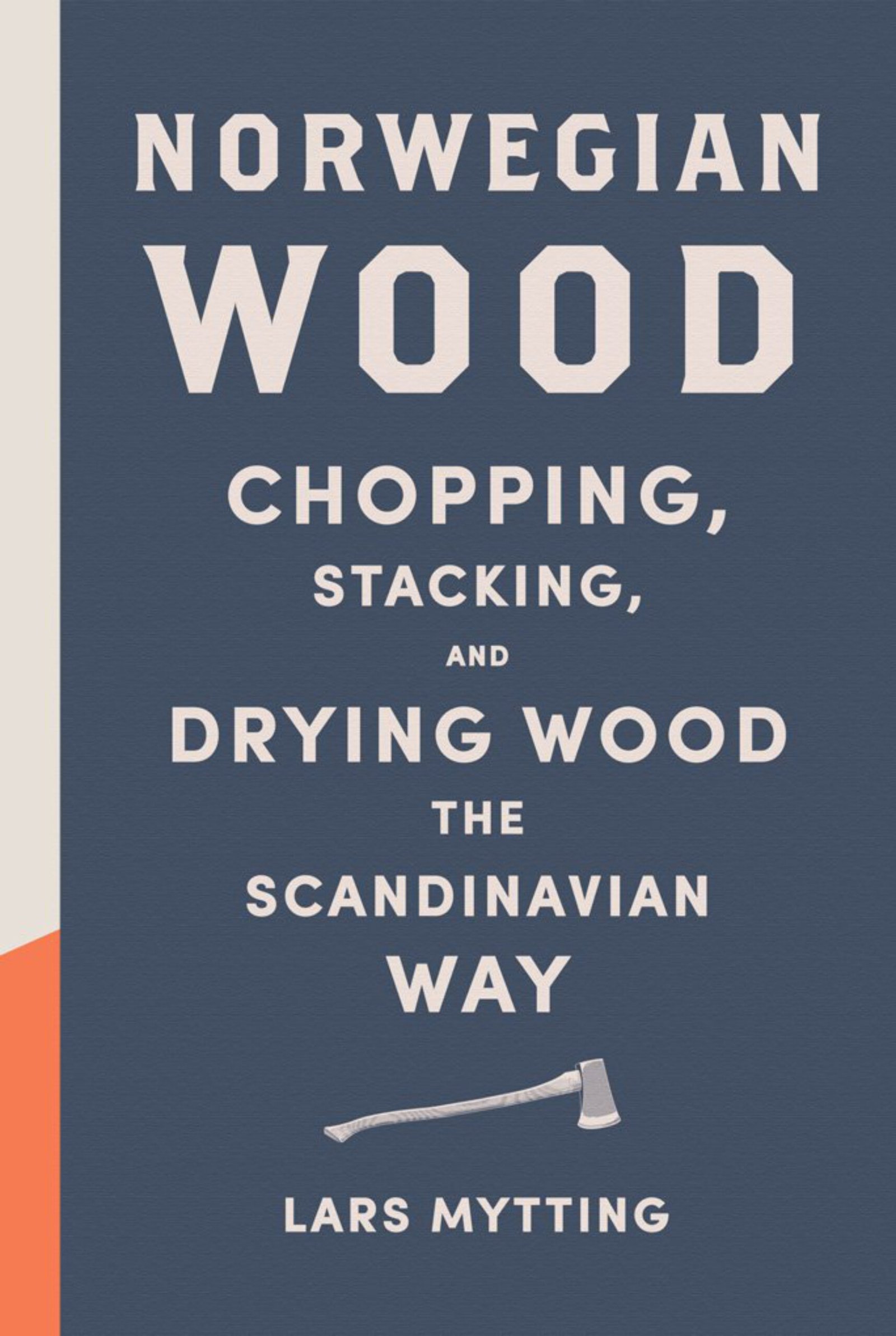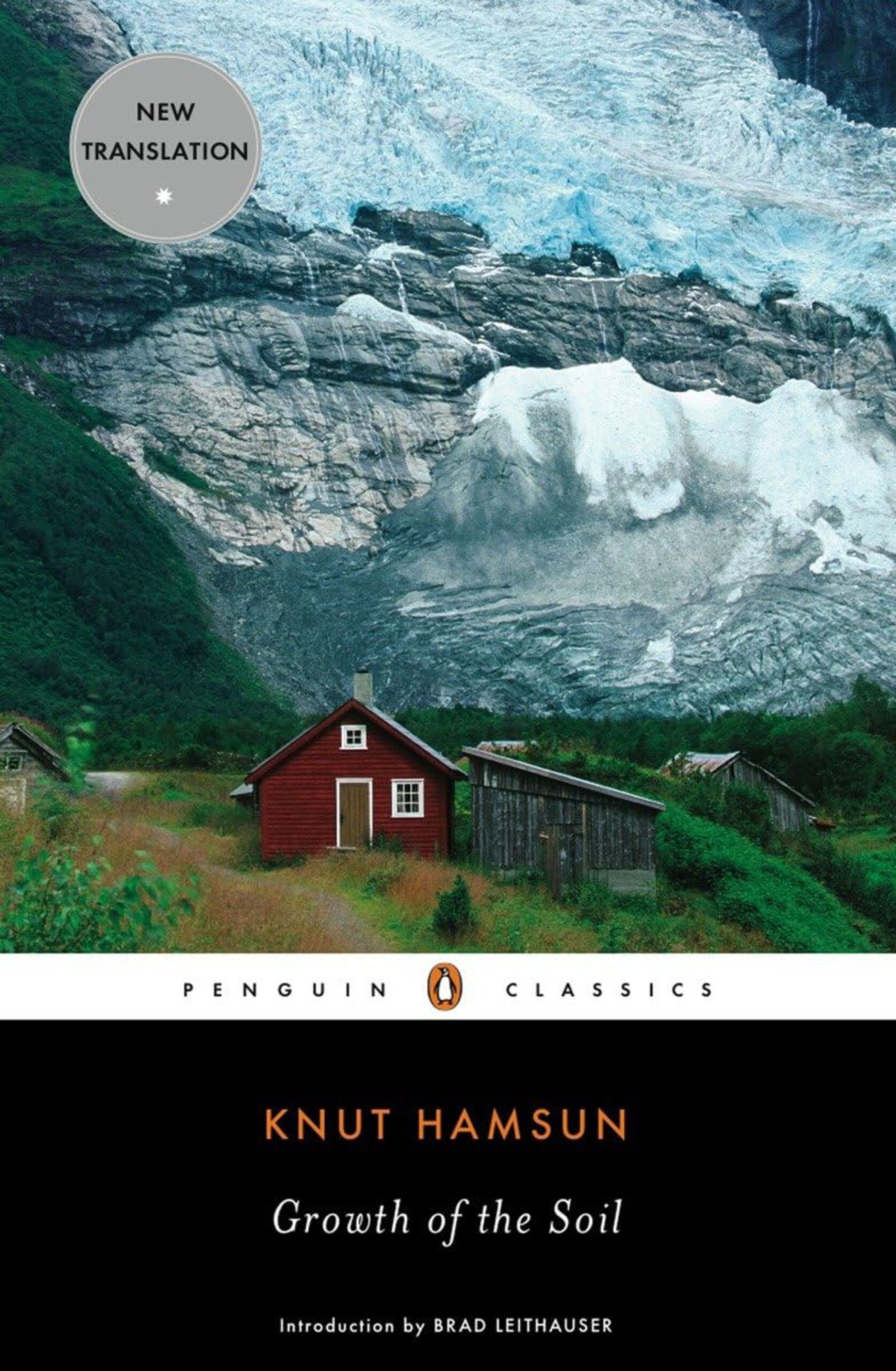American television hero
Through his portrayal of iconic US television characters, such as Marshal Matt Dillon in Gunsmoke and Zeb Macahan in How the west was won, James Arness (1923-2011) reached audiences across generations, and around the world.
James Arness got his first film role in the 1947 movie The farmer’s daughter, starring Loretta Young and Joseph Cotton; mainly because he knew how to speak English with a Scandinavian accent.
James Arness’ younger brother was the TV and film actor Peter Graves (1926-2010).
That James Arness identified as a Norwegian is clear from the very first paragraph of his autobiography: “When my grandfather landed at Ellis Island in 1887, his name was Peter Aursnes“.
Grandpa Aursnes
James Arness was the grandson of Peder Andreas Olsen Aursnes, born in 1860 at Aursnes in Ørskog Sykkylven, Møre og Romsdal, Norway.
The community of Ørskog Sykkylven is close to the city of Ålesund – on Norway’s mid-western coast. In the late 1800s, it was mainly a fishing and agricultural community.
Grandfather Peder grew up on one of several Aursnes farms: Olegarden. His older brother was Lars Karl, and his younger sister was Anna Petrine.
According to the 1865-census, Olegarden had 1 horse, 8 cows, 12 sheep, 4 goats, and 1 pig.
Aursnes turned into Arness
In America, Grandfather Peder Aursnes simplified his surname from Aursnes to Aurness.
On his way to Hollywood, James took it one step further, and Aurness became Arness.
The loss of a sister
In 1875, Grandfather Peder Aursnes lost his little sister, Anna Petrine, during an outbreak of scarlet fever. She was only 6 years old.
In the local death records, we see that the small community lost nigh on forty children to this terrible disease: between May and December of that year.
Years later, Grandfather Peder Aursnes went on to become a doctor, a bold pursuit for the son of a small-scale farmer in those days. It must have taken a lot of commitment and personal sacrifice.
James visited Norway only once
James Arness visited Norway and Aursnes only once – in 1958. He only had a 1909 postcard to guide him, as he set out to find his ancestral home.
James travelled with his friend, the actor Paul Tiny Nichols, who was of Swedish descent.
They arrived in Oslo by plane, then went on by train through the country to Åndalsnes, next they went by a steamer to Ålesund, and finally by taxi and ferry to Aursnes.
Both the local newspaper Sykkylvsbladet – and James Arness himself in his autobiography – covered the event.
It was an emotional moment when he arrived at the Aursnes farm. His distant relatives greeted him like a long-lost son.
A photograph of Grandfather Peder was still hanging on the wall of his childhood home, 70 years on.
The lady that first greeted James on that day in 1958 was Anne Petrine Fauske. She was the daughter of Lars Karl, and thus Grandpa Peder’s niece. She was born in 1890, after Peder emigrated to America.
Her older sister, Karn (Karen) Bjerke, also visited the house that day. She was only three years old when Peder left in 1887.
Karn still remembered her uncle as if it were yesterday, simply because he was so fond of her. On the day that he set out for America, he held her close, and gave her the longest and warmest of hugs. He probably knew that he would never see her again.
During his stay at Aursnes, James Arness mentioned to Sykkylvsbladet that his grandfather was an avid amateur painter. One of his paintings, depicting Aursnes and the nearby fjord, was still on James’ wall back in the US.
The local emigration book
In the Sykkylven emigration book – published in 1957 – we can read the following about Grandpa Peder Aursnes and his US family:
“Aursnes, Peter (Peder) Olsen (Olegarden) – born on 5 April 1860 (Aurness).
Went to school in Norway and studied medicine in Kristiania (Oslo) for a while – but had to cut short his studies there. He emigrated to Minneapolis in 1887 – and completed his degree in medicine at the University of Minnesota.
Between 1891 and 1893, he was an assistant to the renowned doctor Knud Høegh. Later, he started his own medical practice.
From the 1890s onwards, he signed his name Aurness.
From 1894, he was a doctor at the Norwegian Lutheran Deaconess Hospital in Minneapolis. In 1904, he headed up the Norwegian Lutheran Deaconess Home and Hospital.
In 1925, he was granted a patent for a stethoscope.
He attended «Sunnmørslaget» for a while, but even more so the Scandinavian «Odin Club», which he co-founded in 1898.
He married Ida Cirkler, born in New Ulm, Minnesota. She came to Minneapolis in 1865. Her father and her two brothers were all doctors. Her father also owned several grain mills and was well off.
Peter Aurness became the owner of Mount Rainier Mining Co. in Washington. He employed a man from Røros (a Norwegian mining town) to lead the work there. The undertaking was more a hobby than a serious investment.
Doctor Aurness resided for the longest at 1937 Park Avenue, Minneapolis. He was injured in a car accident around 1925 – and died of cancer on 17 December 1928. His wife died in 1930, at 72.
His son, Rolf C. Aurness, who is a pharmacist, is married and has two children”.
Based on this last sentence, little would the reader know that these two children were the two world-renowned actors and brothers, James Arness, and Peter Graves.
Totally without ego
When reading about Granddad Peder Andreas Aursnes and the family journey, you realise that even television icons come from normal families and backgrounds; and James Arness was probably more normal than most of them.
In the foreword of James Arness’ autobiography, film star Burt Reynolds states quite emphatically: “he was totally without ego“. And after having read James’ life story, it is not difficult to believe him: James Arness comes across as a true son of his humble origins.
The local history association
Sykkylven has an active local history association. On their website sykkylven.sogenemnd.no there are several local history books available for download (all in Norwegian) (Olegarden is mentioned in Gardssoga bind 1, page 25).
Sources: Arness, James – Wise jr, James E. James Arness – an autobiography. McFarland & Company Inc 2001. | Aursnes, Per Arne. perarne-aursnes.net | Aurdal, Gustav Weiberg. Sykkylven: gardssoga 1. Sykkylven Sogenemnd 1972. sykkylven.sogenemnd.no | EGP.00018





